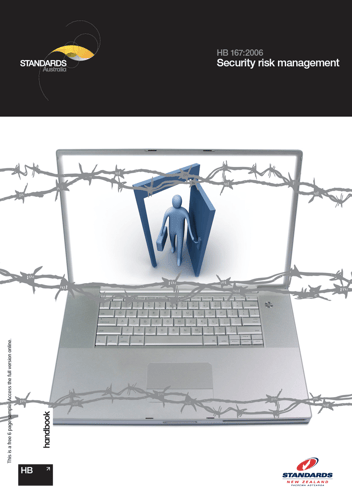Security Risk Assessments: Why Bother?
Security Risk Assessments: Why Bother?
In the contemporary digital era, where threats and vulnerabilities are as pervasive as the technology that pervades our lives, security risk assessments have become a cornerstone of organisational safety and success. These assessments, often viewed as mere compliance checks or bureaucratic formalities, actually hold the key to safeguarding an organisation's assets and unlocking its potential in a competitive, rapidly evolving world.
Understanding Security Risk Assessments
At its core, a security risk assessment is a systematic process for identifying and managing potential threats. It involves identifying an organisation's assets and analysing the potential threats that might affect them, evaluating the likelihood and impact of these threats, defining the level of these risks, and implementing measures to mitigate or eliminate the impact of these risks. As a vital component of cyber and physical security practices, risk assessments are geared towards detecting and alleviating security threats, ensuring compliance with regulations, and enhancing the overall security posture of an organisation.
- Empowering Security Personnel: Recognizing the Frontline Defenders
One of the most significant yet understated benefits of a well-conducted security risk assessment is its empowerment and acknowledgement of the security staff, particularly security officers, who are often underpaid and undervalued. These individuals are the frontline defenders of an organisation, responsible for maintaining peace, ensuring safety, patrolling premises, monitoring surveillance equipment, and managing emergencies with critical decision-making and observation skills.
Incorporating these officers into the risk management system imparts a sense of purpose and belonging. They become more than just guards; they transform into custodians of security, armed not just with physical tools but with the knowledge of their critical role in the broader security framework. This not only enhances their job satisfaction but also improves the overall effectiveness of the security apparatus.
- Justifying the Security Budget: More Than Just Numbers
Another pivotal role of security risk assessments is in justifying the security budget. In an environment where every penny counts and every expenditure must be justified, articulating a security strategy that addresses real business problems is crucial. By translating this strategy into tangible benefits for leadership and using metrics to demonstrate potential savings, security professionals can effectively communicate the necessity and value of their proposals. This approach secures the required funding and demonstrates the security team's alignment with the organisation’s overall business goals, elevating the security role from a cost centre to a strategic partner.
- Empowering Decision-Makers: Facilitating Informed Choices
A mature risk governance program can dramatically improve decision-making across an organisation. It enables leaders to make informed choices based on a clear understanding of the risks and potential impacts on the business. This risk-aware approach to decision-making is crucial for effective resource management, ensuring that opportunities and threats are accurately weighed and addressed.
Organisations can align their security initiatives with their strategic objectives by integrating the decision-making process into the risk assessment. This integration ensures that decisions are not made in a vacuum but are informed by a comprehensive understanding of the risk landscape.
- Exploiting Opportunities: The Positive Side of Risk
Often, risk is viewed solely in negative terms—a threat to be mitigated or avoided. However, a fifth option in risk management is frequently overlooked: exploiting the risk. This approach involves turning potential threats into opportunities. For instance, some organisations have leveraged robust security measures to operate successfully in higher-risk environments, while others have faltered. By adapting to challenging contexts and implementing comprehensive security strategies, these organisations have managed to survive and thrive, demonstrating resilience and innovation in the face of adversity.
- Gaining a Competitive Advantage: Standing Apart in the Marketplace
Effective security risk management can confer a significant competitive advantage. In industries where risk is a primary concern, organisations that manage these risks effectively can carve out a unique position in the market. This can lead to new business opportunities and a stronghold in sectors others may find too risky or challenging. By demonstrating a robust approach to managing risks, these organisations ensure their safety and continuity and distinguish themselves as reliable and forward-thinking players in their respective fields.
Conclusion: A Strategic Imperative
Security risk assessments are far more than just a procedural necessity or a compliance requirement. They are a strategic tool that empowers personnel, justifies budgets, guides decision-makers, turns risks into opportunities, and offers a competitive advantage. In an age where digital threats are ever-evolving and the stakes are high, the question is not whether to conduct these assessments but how to leverage them to their fullest potential. Your organisation needs to define security requirements by establishing a risk profile to effectively navigate the complex landscape of threats and opportunities in this digital age?
The Essential Question
As we delve into the nuances of security risk assessments and their multifaceted benefits, this reminds us of the importance of a structured, informed approach to security, where risks are identified, mitigated, and harnessed to drive organisational growth and resilience. In the grand scheme, security risk assessments are about protecting what is and enabling what could be.
So, if you are not defining your security requirements by establishing a risk profile, how are you doing it?








